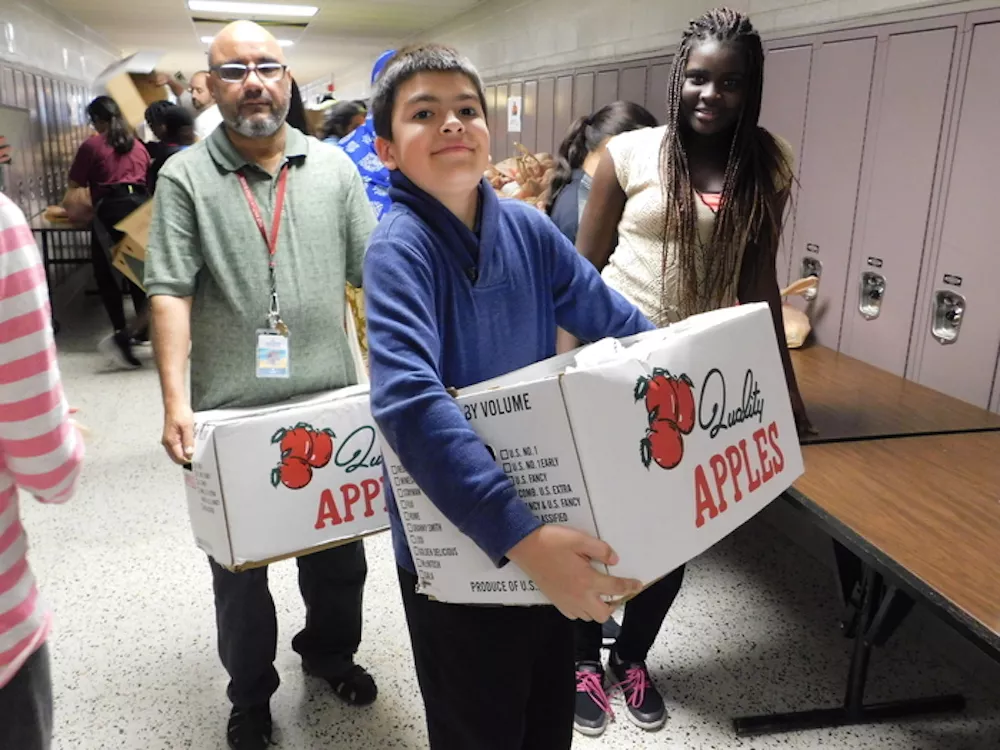That is the conclusion of a new report that compares actual funding levels of federal K–12 education programs over the past 12 years to the level of funding Congress committed when establishing those programs.
The federal portion is less than 10 percent of all school funding, but it is critical funding targeted to help students most in need of extra supports. The two largest federal education programs were created to help students from low-income families (Title I) and those with special needs (IDEA).
Congress has never provided even half of the funding it committed to either program.
This isn’t an unavoidable circumstance. It’s a choice. Between 2005 and 2017, lawmakers handed out tax breaks for the wealthy that helped the nation’s 400 richest people to grow $1.57 trillion more wealthy.
Meanwile, public schools serving majorities of low-income students were underfunded by $580 billion.
Underfunding IDEA shifts costs for mandated services to the states.
It leaves school districts in a precarious situation, where funding for services, teaching positions, and paraprofessional hours is not guaran- teed year to year.
Worst of all, shorting IDEA and Title I means students might go without supports that could make a profound positive difference to their learning and their lives. Black, Latino, special needs, and low-income students suffer most profoundly, but the underfunding of federal education programs negatively affects all students and educators.
Between 2005 and 2017, Congress underfunded public schools in the U.S. by $580 billion—money that was specifically targeted to support 30 million of our most vulnerable students.
How can Congress confront its education debt?
It will require a renewed national commitment to public schools—a Marshall Plan for education justice— to establish the policies and public backing to invest in high-quality education for all.
NEA advocates a research- based vision of fully resourced, student-centered community schools.
They offer challenging academics, experienced teachers, guidance counselors, and full-time librarians, small class sizes and wraparound services for students and the surrounding community.
Congress can take a big step toward education justice by fully funding Title I and IDEA
Title I
Passed in 1965 as part of President Johnson’s War on Poverty, Title I directs money to schools with high concentrations of students living in poverty and provides supports such as reading specialists and smaller class sizes. The law allows Congress to provide school districts an additional 40 percent for each Title I-eligible child, but over the past 12 years, lawmakers have committed no more than 18 percent in additional funding. Today, that figure is closer to 12 percent.
If Title I were fully funded, every one of the nation’s high-poverty schools could provide:
- Health and mental health services for every student, including dental and vision services.
- A full-time nurse.
- A full-time librarian.
- A full-time additional counselor.
- A full-time teaching assistant for every Title I classroom across the country.
IDEA
The Individuals with Disabilities Education Act (IDEA) requires schools to identify and support special needs students.
Congress passed the law in 1975, recognizing that students with disabilities need additional services to achieve academically and sit along- side their peers. Lawmakers pledged to pay 40 percent of the additional costs associated with educating special needs students, but Congress has never even put in 20 percent. Current IDEA funding hovers around 15 percent.
If IDEA were fully funded:
- Every school could have an additional teacher’s assistant for every 12 students with disabilities, and there would be money left over.
- School districts would be able to strengthen all programs and address other needs if local and state funds were not required to cover the federal share of IDEA funding.



